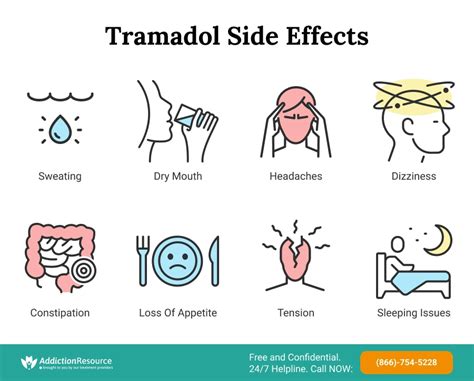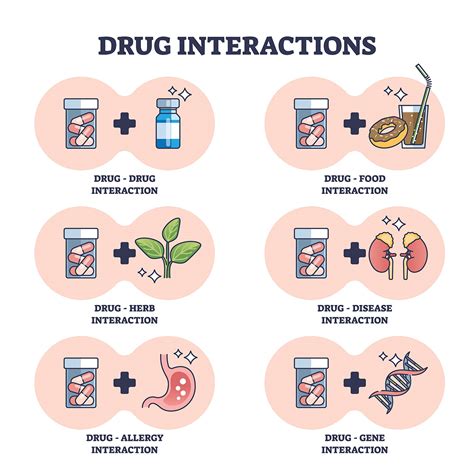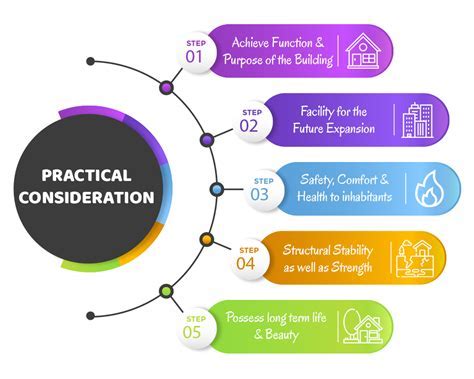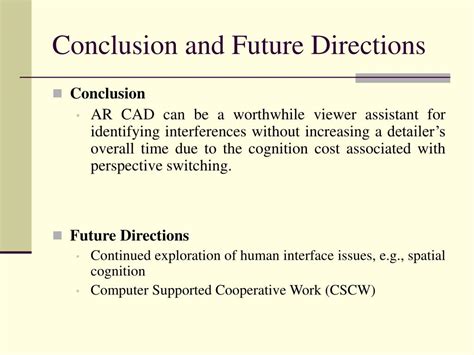Intro
Discover Ranolazine side effects, interactions, and warnings. Learn about common adverse reactions, dosage limitations, and long-term risks associated with this anti-anginal medication.
Ranolazine is a medication primarily used to treat chronic angina, a condition characterized by chest pain or discomfort due to coronary heart disease. It works by improving blood flow to help the heart work more efficiently. While ranolazine is effective in managing angina symptoms, like all medications, it can cause side effects. Understanding these side effects is crucial for patients to make informed decisions about their treatment and to recognize when they need to seek medical attention.
The importance of being aware of ranolazine's side effects cannot be overstated. Patients who are well-informed about potential side effects are better equipped to manage their condition and can lead more active and healthy lives. Moreover, recognizing side effects early on can help prevent more serious complications. This article aims to provide a comprehensive overview of ranolazine side effects, their management, and what patients can expect when taking this medication.
Ranolazine's mechanism of action is unique compared to other anti-anginal drugs, as it does not significantly lower blood pressure or heart rate at therapeutic doses. This characteristic makes it an attractive option for patients who cannot tolerate traditional agents like calcium channel blockers or beta-blockers due to certain side effects. However, despite its favorable profile, ranolazine can still cause a range of side effects, from mild to severe.
Ranolazine Side Effects Overview

Ranolazine's side effects can be categorized into common, less common, and rare but serious effects. Common side effects, experienced by more than 1 in 10 people, include dizziness, nausea, constipation, and headache. These side effects are often mild and may diminish over time as the body adjusts to the medication. Less common side effects, affecting between 1 in 100 and 1 in 10 people, can include palpitations, changes in taste, and vomiting. Rare but serious side effects, occurring in less than 1 in 100 people, can include severe allergic reactions, liver damage, and QT interval prolongation, which can lead to abnormal heart rhythms.
Common Side Effects of Ranolazine
The common side effects of ranolazine are generally well-tolerated and may decrease in severity over the course of treatment. These include: - Dizziness: Patients should be cautious when standing up from a sitting or lying down position to avoid falls. - Nausea: This can sometimes be managed by taking the medication with food. - Constipation: Increasing fiber intake and ensuring adequate hydration can help mitigate this side effect. - Headache: Over-the-counter pain relievers may be used to manage headaches, but patients should consult their doctor before taking any additional medications.Less Common Side Effects of Ranolazine

Less common side effects can be more bothersome but are still relatively uncommon. These may include:
- Palpitations: Feeling like the heart is pounding or racing.
- Changes in taste: Some patients may experience a metallic taste or a decrease in the ability to taste.
- Vomiting: This can lead to dehydration if not properly managed.
Managing Side Effects
Managing side effects of ranolazine involves a combination of lifestyle adjustments and, in some cases, additional medications. Patients are advised to: - Stay hydrated to help prevent constipation. - Avoid driving or operating heavy machinery if experiencing dizziness. - Eat smaller, more frequent meals to manage nausea. - Consider over-the-counter remedies for headaches, but only after consulting with a healthcare provider.Serious Side Effects of Ranolazine

While rare, serious side effects can occur and require immediate medical attention. These include:
- Severe allergic reactions: Symptoms can include swelling of the face, lips, tongue, or throat, difficulty breathing, and a rash.
- Liver damage: Signs may include yellowing of the skin or eyes, dark urine, and severe abdominal pain.
- QT interval prolongation: This can lead to a type of irregular heartbeat known as torsades de pointes, which can be life-threatening.
Rare but Serious Side Effects
Rare but serious side effects are a critical concern and necessitate prompt medical evaluation. Patients should be aware of the signs and symptoms and not hesitate to seek help if they experience any unusual or severe reactions.Interactions with Other Medications

Ranolazine can interact with other medications, either enhancing their effects or increasing the risk of side effects. It is crucial for patients to inform their healthcare provider about all medications, supplements, and vitamins they are taking. Specific medications that may interact with ranolazine include:
- Other anti-arrhythmic drugs
- Certain antibiotics and antifungals
- Medications that prolong the QT interval
Avoiding Drug Interactions
To avoid drug interactions, patients should: - Keep a list of all their medications and share it with their healthcare provider. - Ask about potential interactions before starting any new medication. - Consider using a pill box or medication calendar to keep track of their medications.Patient Considerations

Patients taking ranolazine should be aware of several considerations to ensure safe and effective treatment. These include:
- Monitoring: Regular check-ups with a healthcare provider are essential to monitor the effectiveness of the medication and to promptly identify any side effects.
- Lifestyle modifications: In addition to medication, lifestyle changes such as a healthy diet, regular exercise, and stress management can help manage angina symptoms.
- Adherence: Patients should adhere to their prescribed medication regimen and not stop taking ranolazine without consulting their healthcare provider.
Importance of Adherence
Adhering to the prescribed treatment plan is vital for the effective management of angina. Stopping ranolazine abruptly or missing doses can lead to a return of symptoms or even worsen the condition.Conclusion and Future Directions

In conclusion, while ranolazine is a valuable medication for the management of chronic angina, it is not without side effects. Patients should be well-informed about the potential benefits and risks to make the most out of their treatment plan. Future research directions may include exploring new formulations or dosing strategies to minimize side effects while maintaining efficacy. Additionally, personalized medicine approaches could help tailor ranolazine treatment to individual patient profiles, potentially reducing the risk of adverse effects.
Final Thoughts
As with any medication, the key to successful treatment with ranolazine is a combination of patient education, close monitoring by healthcare providers, and open communication. By understanding the side effects of ranolazine and taking proactive steps to manage them, patients can effectively control their angina symptoms and improve their quality of life.What are the most common side effects of ranolazine?
+The most common side effects include dizziness, nausea, constipation, and headache.
Can ranolazine cause serious side effects?
+Yes, although rare, ranolazine can cause serious side effects such as severe allergic reactions, liver damage, and QT interval prolongation.
How can I minimize the risk of side effects while taking ranolazine?
+Minimizing the risk of side effects involves closely following the prescribed dosage, attending regular check-ups with your healthcare provider, and being open about any symptoms or concerns you may have.
We hope this comprehensive guide to ranolazine side effects has been informative and helpful. If you have any further questions or would like to share your experiences with ranolazine, please do not hesitate to comment below. Your insights can help others better understand this medication and its effects. Additionally, if you found this article useful, consider sharing it with others who might benefit from this information. Together, we can promote better health outcomes and support those managing chronic conditions like angina.
